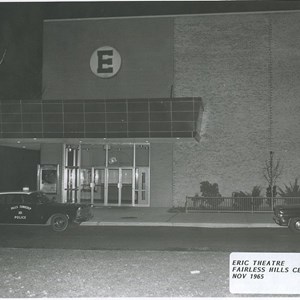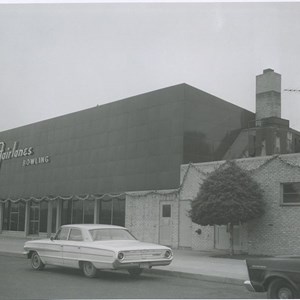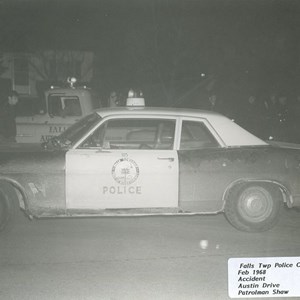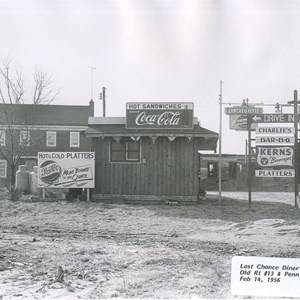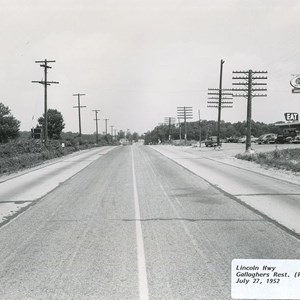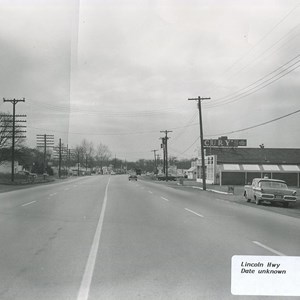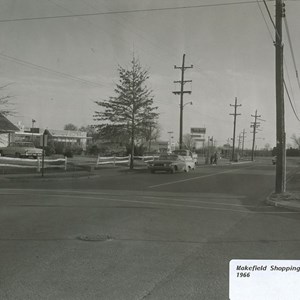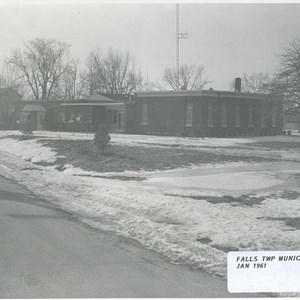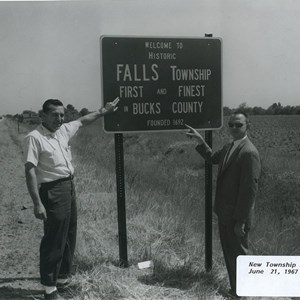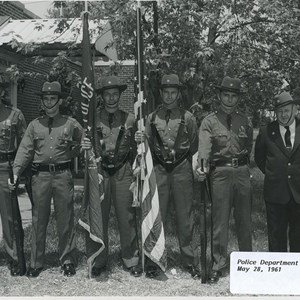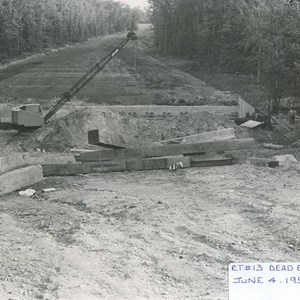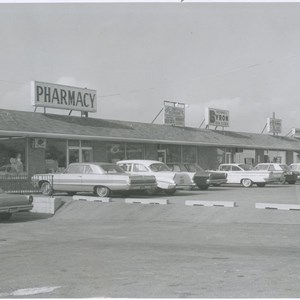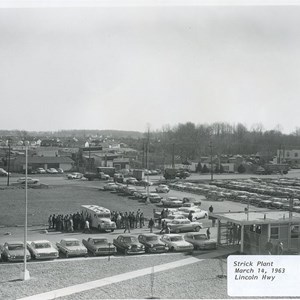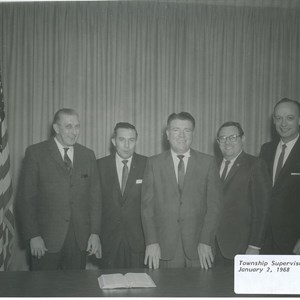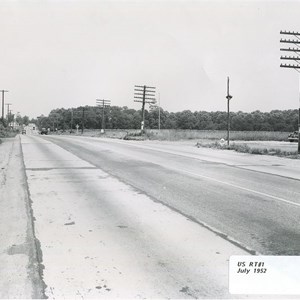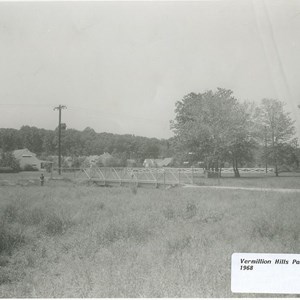History of Falls Township
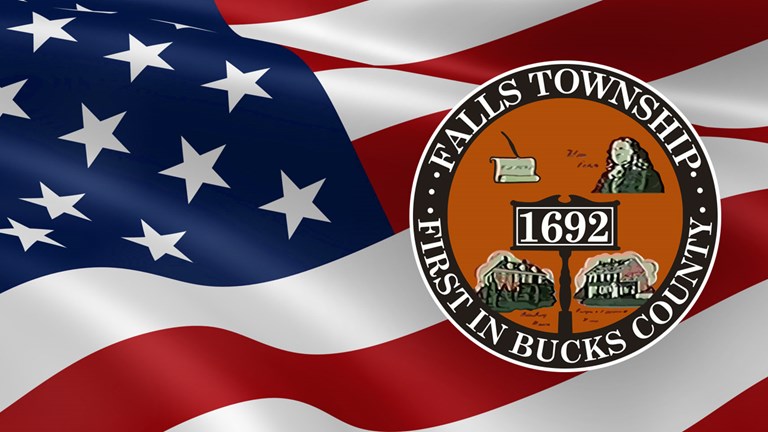
Falls Township, located in Lower Bucks County, is an area rich in history. Even before William Penn became the proprietor of Pennsylvania in 1681, a number of colonists had come to Falls. The first group of settlers to take up permanent residence in the village were the English Quakers.
Transportation played a major role in the growth of the township. The earliest of these was the Delaware River. The Township is located at the upper end of the navigable portion of the river. In 1686, the Provincial Council ordered the construction of the King’s Highway, which ran from Philadelphia to Trenton along an existing Indian trail. The highway ran through Bristol, Falls, and Morrisville and still exists today as Route 13. Additional roads and turnpikes were built through the Township in the 18th and early 19th centuries.
The only settlement of this period which has been in continuous use is Fallsington. Fallsington is an example of a “cross-roads” village typical of the time. The Bucks County courthouse was located here before it was moved in 1705 to Bristol. The Courthouse provided a place where the pioneer Quakers could meet. The land was donated by William Penn in 1692, the same year that the Township was legally established. Another donation by Penn was a tract of 120 acres for a Falls commons.
The growth of Fallsington continued with the construction of homes, an inn, public buildings, stores, and small craftsmen’s shops. Until the construction of Fairless Hills and Levittown, it was the largest village in the Township, and functioned for many years as a commercial center.
Other transportation systems were laid out through Falls in the 19th and early 20th centuries. The Delaware Canal from Easton to Bristol was opened in 1832. A railroad line from Philadelphia to Trenton via Morrisville was built between 1833 and 1835. The rail line became part of Pennsylvania Railroad’s main New York-Philadelphia line. The “West Trenton” cut-off of the Pennsylvania Railroad was built through the northern part of the Township at the end of 19th century. These rail lines now accommodate SEPTA, Amtrak, and CONRAIL passenger and freight between Philadelphia and Trenton.
